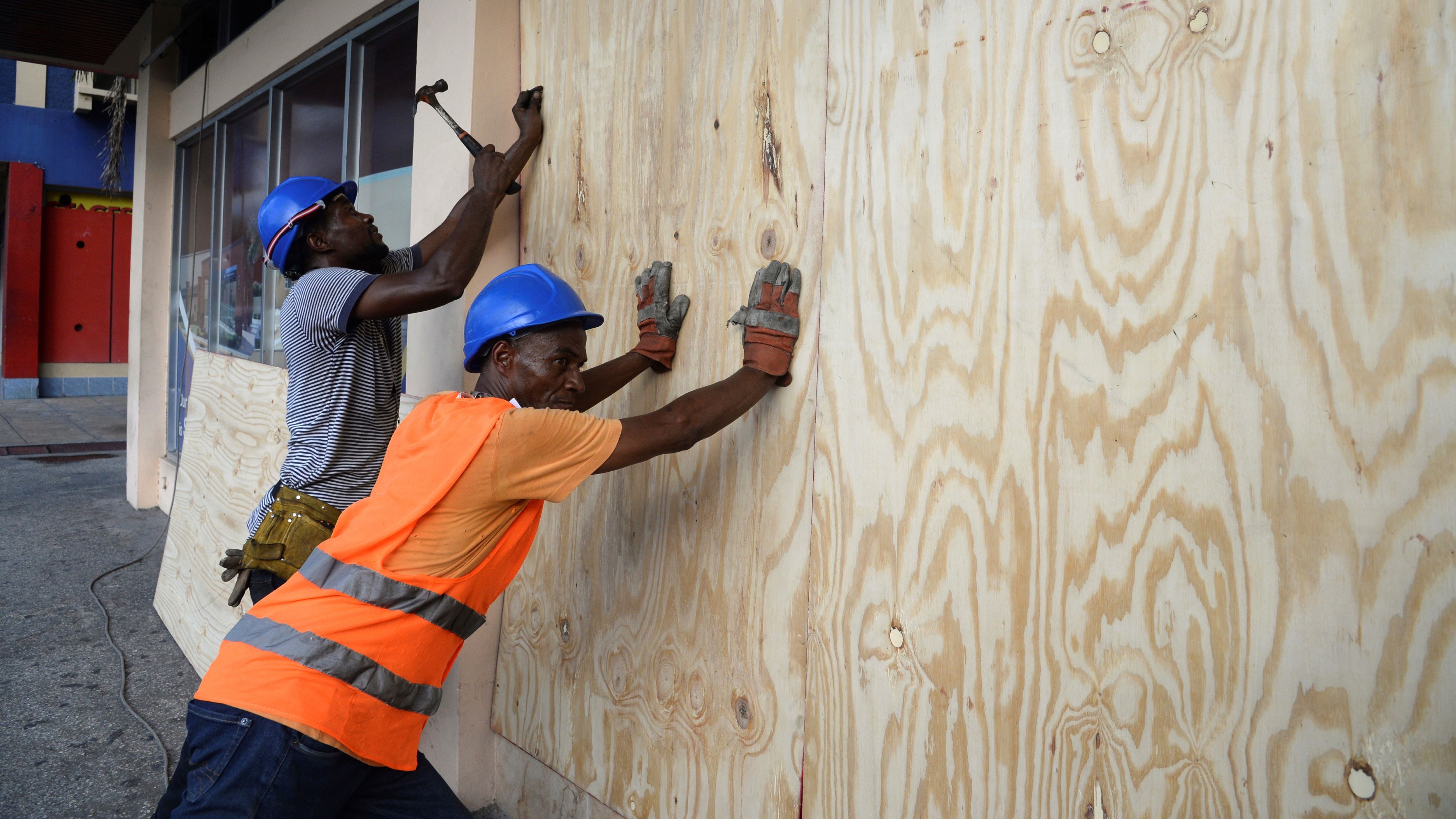
Jamaica’s Economic Miracle: A Closer Look at the Costs and Consequences
Jamaica’s recent economic growth has been a surprise to many, with some viewing it as a miracle. However, others attribute this development to effective policymaking in a supportive political environment despite challenges. But an alternative perspective could argue that the country’s economic recovery came at the expense of preparedness for the effects of climate change. With climate change posing new dangers to Jamaica’s core sectors of agriculture and tourism, the country’s economic future may become more problematic.
In the 1970s, Jamaica struggled with chronic budget deficits due to external factors beyond their control such as being an oil importer and facing the 1973 oil price shock which raised import costs and led to a recession and devaluation. This forced increased borrowing to purchase critical imports, leading to rising debt levels by 1986 when debt servicing accounted for over 40 percent of government spending. To address this crisis, Jamaica sought bailout loans from the International Monetary Fund and World Bank in the 1980s which came with harsh austerity measures resulting in significant cuts to public sector employment and public investment by the government. The impact of these cuts was severe, causing average growth to drop from 2.3 percent in the 1980s to 0.9 percent in the 2000s with youth unemployment reaching 27.3 percent in 2013. Despite years of austerity, government debt continued to rise from 91.8 percent of GDP in 2000 to 143.9 percent in

